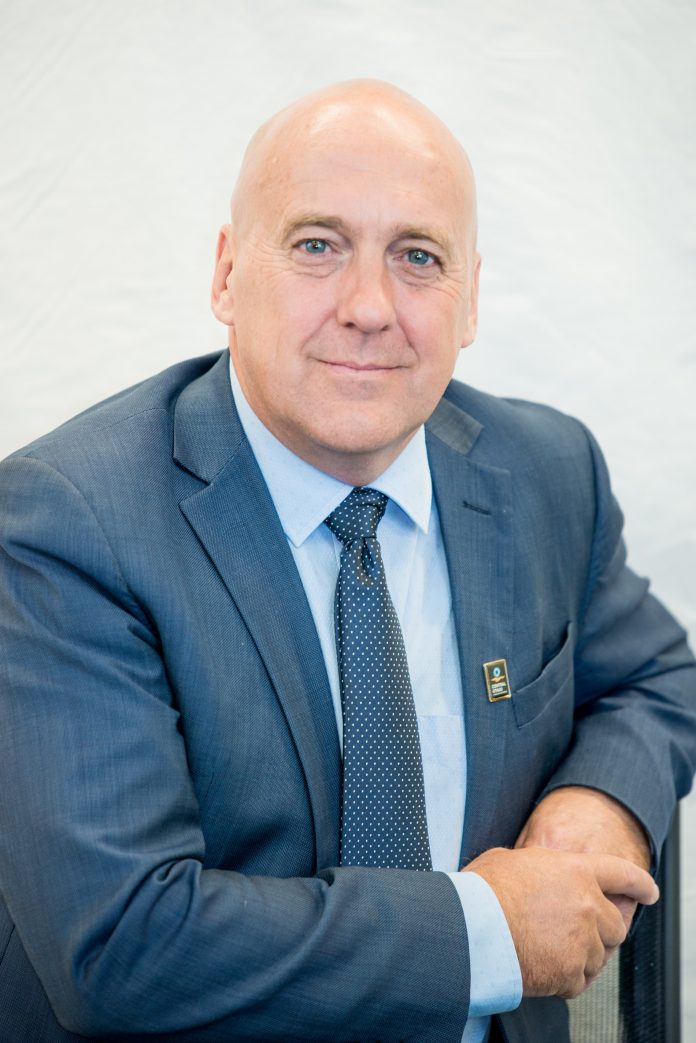From Mandarin to Maori is an unusual language path, but one a Central Otago leader took.
Central Otago District Mayor Tim Cadogan uses te reo casually and naturally when he speaks whether in a formal setting or conversation. But it was not his first choice for a second language.
His interest in learning other languages came with the mayoral chains.
‘‘When I became mayor I took it on myself to learn some basic Mandarin, because I thought we’ve got a big cherry export business as a district and at that stage we had a lot of Chinese visitors so I . . . learned Mandarin.’’
Around that time mayoral duties took him to a marae, the first time he had been on one, and while there it occurred to him he was learning Mandarin, but did not really know any te reo.
‘‘That seemed quite wrong to me.’’
He had travelled to China and loved speaking Mandarin there, but was not able to speak the native language of his own country, and that struck him as quite odd.
There were lots of New Zealanders who did that happily. There would be plenty of rugby fans in France saying ‘‘bonjour’’ and ‘‘au revoir’’ at the moment but who would not know te reo, he said.
A pivotal moment for Mr Cadogan was when he landed in Guangzhou, China, having flown from Christchurch, and was looking to see which carousel to collect his luggage from.
‘‘Up on the board was Otautahi/Christchurch and I’m going ‘I’m in Guangzhou and I did not know to that point what the Maori word for Christchurch was’.’’
Former Central Otago District Council chief executive Sanchia Jacobs had brought te reo to their workplace, casually using it in conversation, he said.
There was an enthusiasm among the CODC staff to learn and classes were set up at lunchtimes, which Mr Cadogan and his wife Linda joined.
The Cadogans also took a class at Reap which focused on pronunciation, which was a big key to it, he said.
‘‘For me a big part of what makes us uniquely New Zealanders is our Maori culture, even though I’m Pakeha — so why not embrace it? Otherwise who are we?’’
It was helpful being in a workplace where now you rarely heard ‘‘good morning’’— it was ‘‘kiaora’’ and ‘‘morena’’.
‘‘There’s no effort, it’s just natural . . .which it actually is in most of the rest of New Zealand I suspect.’’
However, he was quick to point out he was not fluent and was limited in what he could use — a fact that had not escaped younger members of the Cadogan whanau.
‘‘I was showing off with my mokopuna one day and I don’t think he was 5. I had him on my shoulders and as we were walking along I started singing a waiata and he corrected me— ‘I think you got a word wrong there Granddad’ — and he was entirely right. I’m just trying to keep up,’’ he said.
The CODC management team had made a conscious decision to encourage te reo in the workplace, including giving public spaces Maori names.
Chambers where the council meets were now known as Nga Hau e Wha, which meant ‘‘four winds’’; the council was made up of four wards, he said.
‘‘It’s where the four winds meet. With iwi and staff . . .the rooms were all given names that actually mean something in that metaphoric way that te reo lends itself so well to. And it was absolutely embraced by people, which has been really cool.’’
This year, council meetings have started with a karakia.
‘‘You can bring some thought into it. [Using phrases such as] ‘let’s all leave here friends’, it can be good.’’
It was not a huge part of the meeting process, but it was an important part, Mr Cadogan said.
Pronouncing Maori place names correctly was something he strove to do, and was surprised when at times he was forcefully ‘‘corrected’’ by someone.
Given his own surname was frequently mispronounced, he understood the importance of getting it right. Most people were happy to say his name correctly when he corrected them.
‘‘So surely we should try to say place-names the way Maori would like to hear them,’’ he said.





